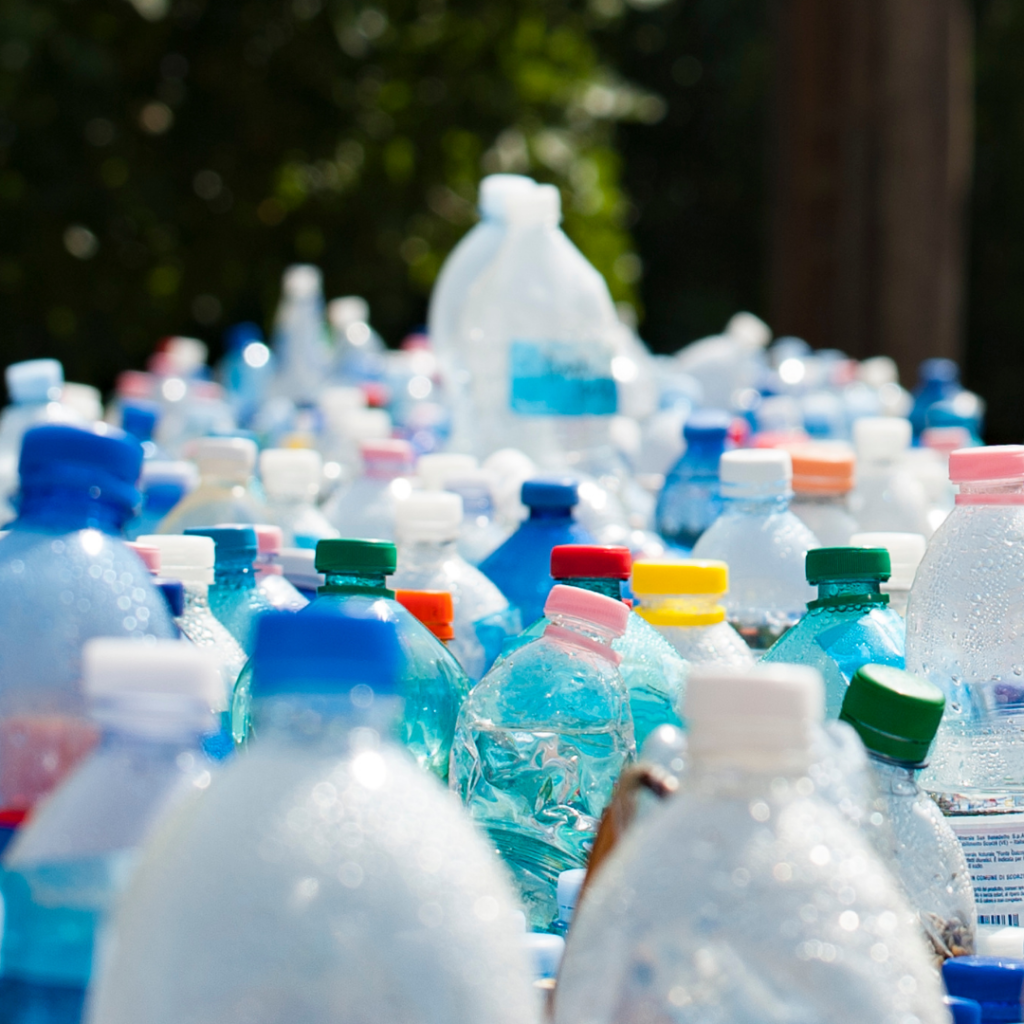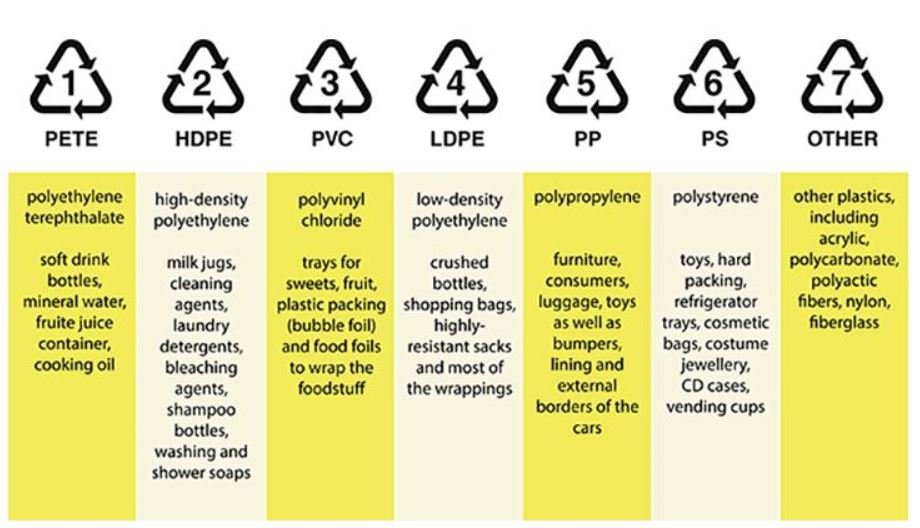WHAT CAN YOU DO TO SAVE THE ENVIRONMENT?

In 2014, scientists in Hawaii discovered a rock formation consisting of beach sediment, basaltic lava fragments, organic debris and melted plastic. Such a finding is illustrative of the world in which we now live; one where plastic melds with organic material to leave an indelible, non-biodegradable record of our consumer habits. The scientists have dubbed the material plastiglomerate and suggest the compound could define our legacy on earth.
This Earth Day, there are many actions and tips to make a difference. From calculating your carbon footprint to utilizing green power, pushing for plant-based options to going pesticide-free, there is something for everyone. This year, we draw your attention to the issues surrounding plastic and the ways you can reducing your plastic use.
The risk of upward trends
A world without plastic seems unfathomable, even though mass production started as recently as 1950. Due to a compound annual growth rate of 8.6%, production rose from a mere 1.5 million tons in 1950 to 335 million tons in 2016.
A scientific study earmarks the shift from reusable to single-use goods as the reason behind the now widespread plastic pollution, flagging that no commonly-used plastic is biodegradable. Therefore, the only practical means of managing plastic circulation is through recycling or incineration. Otherwise, plastics end up in a landfill. Or worse, the ocean. Given that only 9% of all plastics have ever been recycled, and 12% incinerated, this leaves a significant volume potentially polluting the environment.
The complexity of recycling
An obstacle to recycling lies in a lack of transparency about which plastics are recyclable. Plastics are numbered, helping consumers understand which plastic they are using. However, few consumers understand the code. We may not realize a bottle displaying a ‘1’ is recyclable, while a bottle showing a ‘3’ or ‘5’ is probably not. Even with the recyclable PET, otherwise known as Plastic 1, which is most commonly-used in bottles and packaging – just 25% is recycled in the US.
Moreover, PET only suits single-use, as anything more increases the risk of bacterial growth; or hazardous materials leaching into the liquid. This means consumers are actively discouraged from re-using the products.

Earth Day 2022
Earth Day has been at the forefront of environmental activism since 1970.
As evidence mounts of the impact of ocean-borne plastic, Earth Day hopes to motivate individuals, organizations, and educators alike to take collective action to reverse the impending threat. With concerns the ocean will contain more plastic than fish by 2050, it is critical to pursue change at every level. The growing seas of plastic have prompted movements on a global scale. The United Nations Environment Program is pioneering a project to promote global awareness of the risks of marine plastic pollution, while also leading a #CleanSeas campaign to ‘turn the tide on plastic disposal’.
Five steps towards plastic free living
Do you think it’s possible to live life without plastic? There are effective ways to limit your exposure and you can implement these practices to start your journey towards plastic-free living.
Say no to straws
Plastic straws are traditionally made of polypropylene – plastic 5. While the material itself poses no distinct health hazards, just 3% of polypropylene products are recycled in the US and straws are deadly to marine life.
Only buy the clothes you need
Polyester now dominates the fashion industry, with usage easily outstripping both cotton and wool. Polyester is a polymer, most commonly referred to as a PET – or plastic 1. Overproduction and overconsumption of clothing have led to high volumes of clothing disposal, resulting in pollution. Consumers must be mindful of what is in their wardrobe, making the most of their selection and donating to a local charity or consignment store.
Try cooking at home
Reduce reliance on takeaways, unnecessary packaging, disposable cutlery and containers. Single-use items are a scourge of the ocean. You can save home-cooked leftovers or compost the scraps from the cooking process.
Avoid single use carrier bags
Keep cloth bags in your car, store them in a visible position in your house and always remember to take them with you when you head out.
Purchase a reusable water bottle
Most plastic bottles are unsuitable for multiple-use: they leach toxic by-products and harbor bacteria. Choose BPA-free bottles, reuse old glass jars and stay hydrated with an office water dispenser for your work or home.
A sixth step
Use bottleless water dispensers
With Waterlogic’s line of bottleless, COVID-free, anti-microbial water dispensers, you will never use a plastic jug again – and you will save significantly on your water expenses as well!
If you are interested in learning about saving money and the environment with our great-tasting, bottleless, COVID-free water dispensers, please connect with one of DRP Solutions’ Technology Consultants for a FREE, no-commitment assessment.
For additional information about DRP Solutions’ water solutions, be sure to contact us today.
*Parts of this article were originally published on www.waterlogic.com.*
